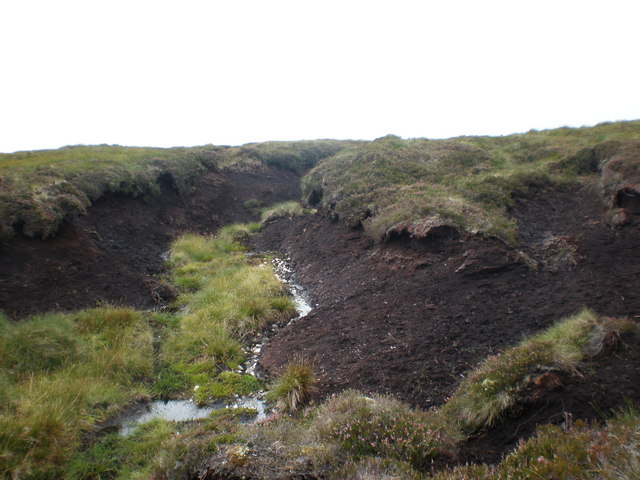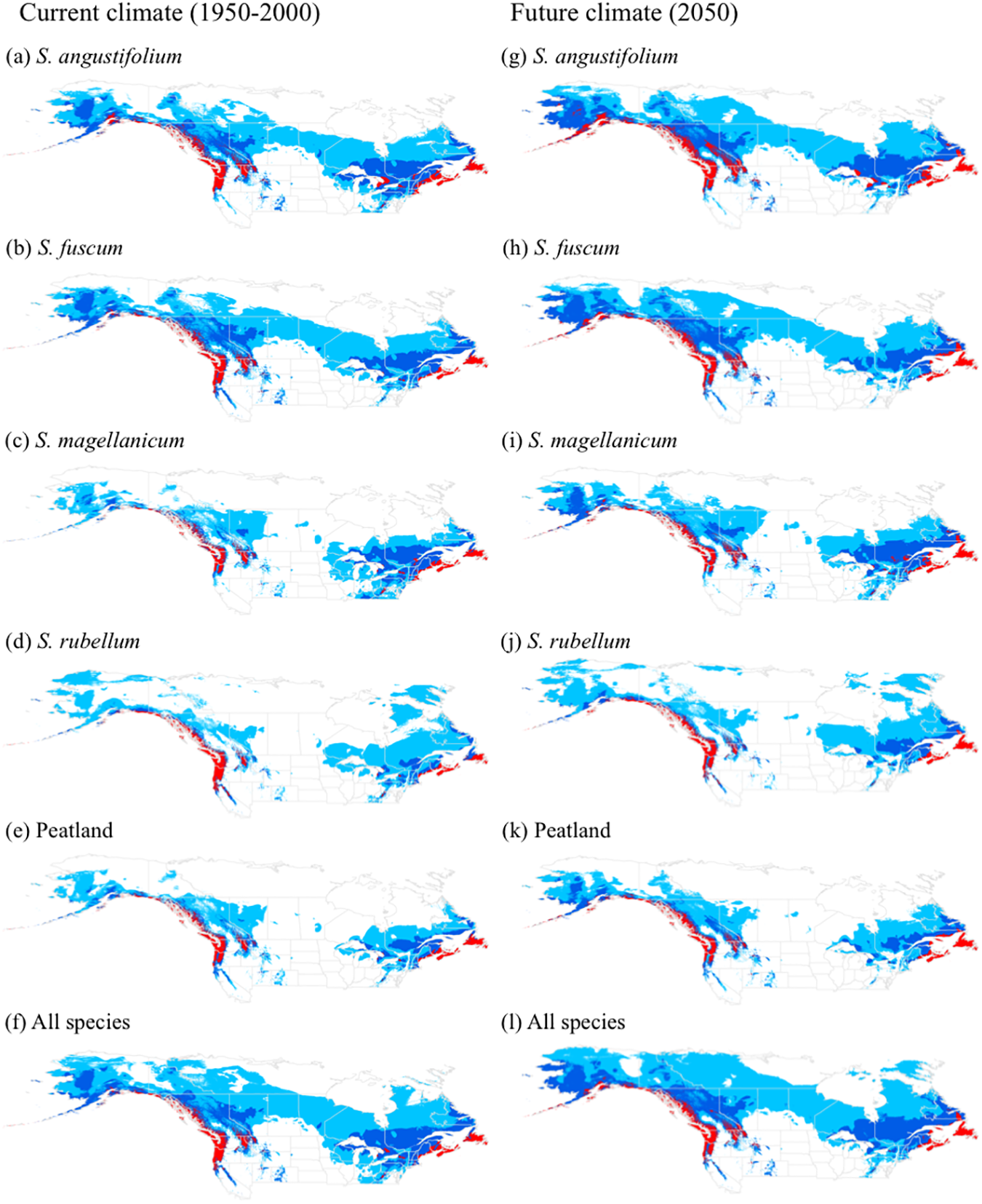Some good news: peatlands might help store more carbon as temperatures rise
Don't drain these swamps
Wetlands are, quite literally, land that is wet. Be it a marsh, bog, or a swamp, a wetland is defined by the presence of a high-water table (at or above the ground surface) at either certain times of the year or full time. They're also widely considered to be some of the most valuable ecosystems on Earth for their unparalleled ability to clean water, stabilize shorelines, and provide food and habitat for a huge variety of wildlife species. And they store vast amounts of carbon, helping to control global climate.
A new study from Tobi Oke and Heather Hager at the University of Guelph suggests that some wetlands might expand under current climate projections, which would mean that on top of providing all those other environmental services, they could hold onto more carbon as global emissions rise. That is, if they have room to expand. Parts of North America have already lost up to 70 percent of the wetlands present before European settlement due to historical urbanization and the gradual conversion of wild spaces to farmland.

A mossy peatland in Allt Lagan a' Bhainne, Scotland.
The best carbon sequestering wetlands out there are peatlands. These are the bogs, fens, and swamps of the northern latitudes. You might have heard about peat in history class – it's the stuff Scottish and Irish peoples used to use (and still do in some areas) to heat their homes with in the absence of wood. It's also used in the production of fine scotches. Peat (or sphagnum) is a fast-growing and little moss that blankets the floors of most northern freshwater wetlands. In peatlands, growth is high and decomposition is especially low, so carbon is trapped for especially long times. Globally, peatlands make up less than 5 percent of the planet's vegetative cover, but they are thought to store about a third of all soil carbon. These are the carbon sinks we need to save room for.
It's uncertain how wetlands, including peatlands, will respond to ongoing global warming. Plants take in carbon dioxide as part of their normal life cycle, converting it to food for themselves and the organisms that consume them. Eventually, once the plants have died and decomposed, they release the carbon back to the atmosphere. Wetlands contain plant species that tend to grow fast and decompose very slowly, which means that wetlands store more carbon than they release. Some scientists have suggested that increasing temperatures will make wetland plants decay faster, releasing carbon from years of stored plant material and contributing to further atmospheric warming. Others suggest that warming could enhance productivity, so that any increase in decomposition might be offset by an equal increase in plant growth (potentially good news for mitigating the effects of climate change). For peatlands, Oke and Hager suggest it might be the latter.

Peatland distribution predictions from the study.
Previous studies on peatlands used mathematical models to predict distribution from estimates of future annual temperature and precipitation averages. Peatlands like it cool and wet, so this seems sensible. But it's difficult to draw meaningful conclusions from averages. What if the average annual temperature stays the same under climate change, but summer temperatures increase? What if average annual rainfall increases, but so does temperature? How will the peatlands be affected?
To address this, the researchers looked at the seasonal climate differences in peatland areas for research published in PloS ONE earlier this year. They used four different 2050 climate models, produced by the Hadley Centre, NASA Goddard Institute for Space Studies, and Beijing Climate Center, and one they developed themselves for seasonal changes. They then predicted what conditions peat will develop in and modeled future distributions accordingly.
As it turns out, peatlands seem to be limited more by soil moisture than by temperature. Soil moisture acts as a buffer against increasing temperatures, keeping the wetland cool and preventing it from drying out during the warm months. Generally, the hotter it is, the more water plants will lose. Peatlands seem likely to persist in warming areas where precipitation is also increasing, or where they have some protection from the increasing temperatures. In North America, where it's dry and peatlands are maintained only by consistently low temperatures, there may be declines into the future as dry season temperatures increase.
This is important, because previous research suggested that warming would move peatlands northward into new territory, but Oke and Hager’s results suggest these regions will be too dry. Instead, their study suggests that peatlands will expand in areas where they're already common: the coastal regions where people want to build summer homes.
In total, Oke and Hager estimate peatland increasing by 15-38 percent into 2050, most of this gain occurring along the coast. Coastal areas of Canada and the United States are increasingly developed, with wild spaces giving way to urban areas where they used to be converted to farmland. We must save these spaces for nature, and the services nature provides for us. We cannot drain these swamps.